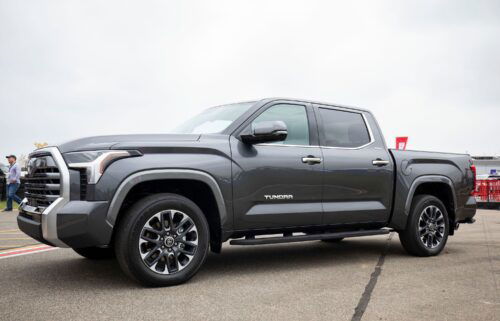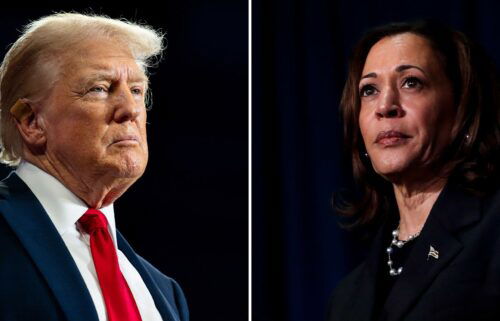China’s car sales fell 8% in 2019 and the slump is entering its third year

China’s car sales are stuck in a major slump that shows little sign of ending as the country’s massive economy slows.
The country’s car market shrank for the second year in a row last year, according to data released by the China Association of Automobile Manufacturers on Monday.
The national auto industry body said total car sales fell 8.2% to just under 25.8 million in 2019, after having slid nearly 3% in 2018 in the first contraction since the 1990s. December car sales in China dipped 0.1%, according to the data, marking 18 straight months of declines.
The sales crisis was exacerbated last year by weak economic growth, the trade war with the United States and tough new emission standards introduced in the summer. A reluctance by consumers to make big ticket purchases in an uncertain environment was partly to blame, but a government campaign against deadly levels of pollution also had an impact.
Next year looks a little bit better, but sales are still expected to decline 2%, the industry group projected last month. Analysts and carmakers are bracing for more pain.
For China’s car market, “2020 will be critical as automakers deal with lower subsidies [or] grants, tougher enforcement of emission regulations, and disruptions from technology adoption,” analysts from brokerage firm Jefferies wrote in a report last week.
The slump is hitting global carmakers particularly hard.
Ford said on Monday that its sales plunged 26% last year in China to 567,854 units, and warned of tough times ahead.
“The pressure from the external environment and downward trend of the industry volume will continue in 2020,” Anning Chen, president and CEO of Ford Greater China, said in a press statement.
Rival GM reported last week that it sold 3.09 million cars in China last year, down 15% from 2018. Like Ford, it also had a bearish outlook for the new year.
“We expect the market downturn to continue in 2020, and anticipate ongoing headwinds in our China business,” Matt Tsien, GM executive vice president and president of GM China, said in a statement.
Sales of new energy vehicles, a category that includes electric and plug-in hybrid cars, also fell 4% to 1.21 million last year.
China wants new energy vehicles to make up at least a fifth of the country’s auto sales by 2025, but demand was limited by the slowing economy and Beijing’s decision to slash subsidies for the vehicles in order to thin the country’s overcrowded field of electric car makers.
Several prominent players in new energy vehicles felt the squeeze. BYD, one of China’s top electric vehicle makers, saw net profits plunge 89% in the third quarter. The Warren Buffett-backed company said in October that sales failed to meet expectations partly due to “the considerable reduction” in subsidies.
In December, embattled electric car maker Nio reported improving car sales and revenue, but noted the industry suffered “substantial softness in the second half of 2019 after the reduction of [electric vehicle] subsidies in China.” The company, which was once dubbed China’s answer to Tesla, is also still facing major challenges including a massive cash crunch and an oversaturated market.
Despite the headwinds, Tesla is betting big on China’s electric car market. The company opened a new Shanghai factory last year to grow its business, pump out more cars and better target Chinese customers.
Tesla started delivering Shanghai-made Model 3s to the Chinese public last week, with CEO Elon Musk on hand to give keys to new owners and celebrate the occasion with an impromptu dance on stage.
— Laura He and Michelle Toh contributed to this report.


